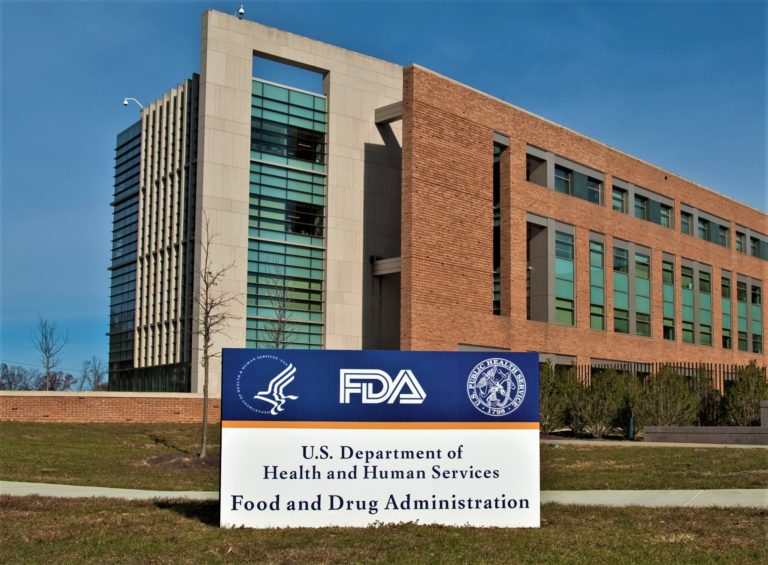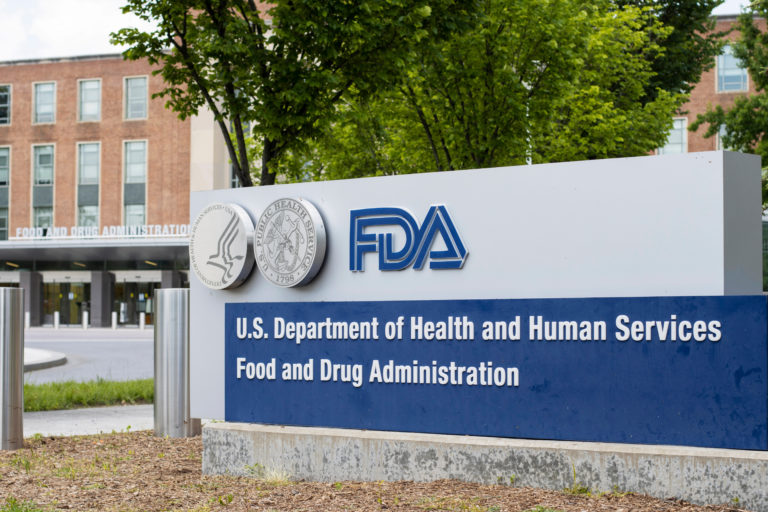

Ingredient Safety
Maintaining a safe and reliable supply of food, beverage, household and personal care products
Ingredient safety is the number one priority for the makers of America’s food, beverage, personal care and household brands. The industry has a long history of innovating to meet evolving consumer preferences without ever compromising on safety, value or convenience.
Consumer packaged goods (CPG) manufacturers adhere to the rigorous science and risk-based safety standards established by regulatory bodies to deliver safe, affordable and convenient products that consumers depend on every day.
Generally Recognized as Safe (GRAS)
Food and beverage companies adhere to the rigorous science and risk-based system established by the U.S. Food and Drug Administration (FDA) that protects America’s food supply. FDA’s Generally Recognized as Safe (GRAS) process plays an important role in this proven system, enabling companies to innovate to meet consumer demand while also meeting FDA’s regulations and safety standards.
Food ingredients can be GRAS if they have a long history of safe use in food and are recognized as safe for consumption by qualified experts. GRAS substances include common food ingredients such as salt, pepper, vinegar and baking powder, as well as other ingredients being used to meet consumers’ current dietary and nutritional preferences. Even though GRAS notifications have been voluntary, the FDA maintains a list of more than 1,000 GRAS notices provided by companies.
GRAS supports the agility and innovation for the makers of America’s food and beverage brands to deliver safe, affordable and convenient products that consumers depend on every day.
What We Do
Advocate for important and necessary changes at the federal and state level to ensure those responsible for product safety can move quickly to meet consumer needs today and in the future.
Create tools, such as SmartLabel®, to support safety recalls in real time.
Educate CPG industry workers on the latest safety regulations through resources like the Better Process Control School.
Related Resources

Blog
Keeping Focus on What’s Ahead on World Food Safety Day

Blog
Food Safety Focus: Why FDA’s Pre- and Post-Market Authority is Critical

Blog
Why a Modernized Post Market Assessment Process at FDA Can Benefit Consumers and Industry

Blog
World Food Safety Day Puts Innovation in the Spotlight

Blog
What the FDA’s Unified Human Foods Program Means for Agency Modernization







